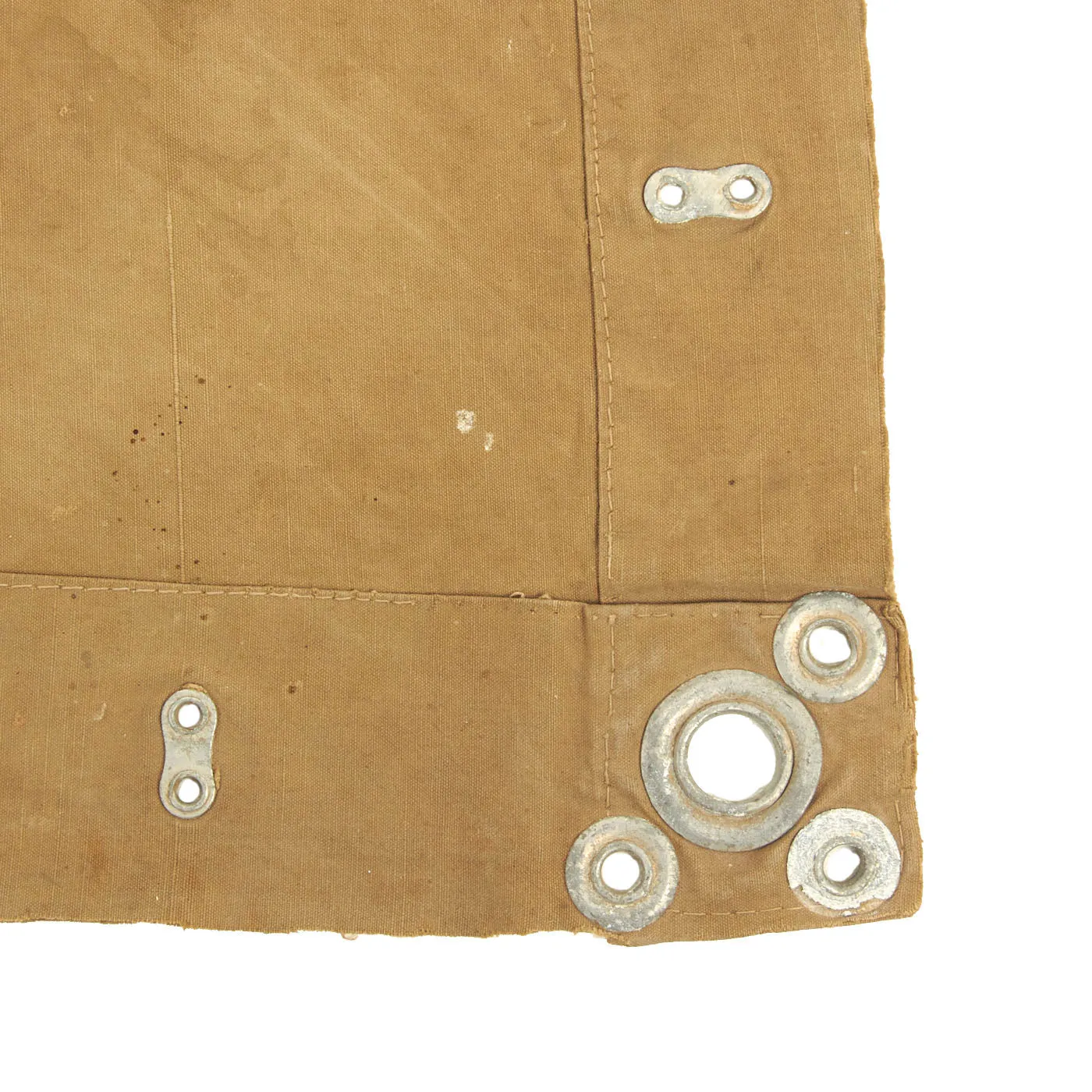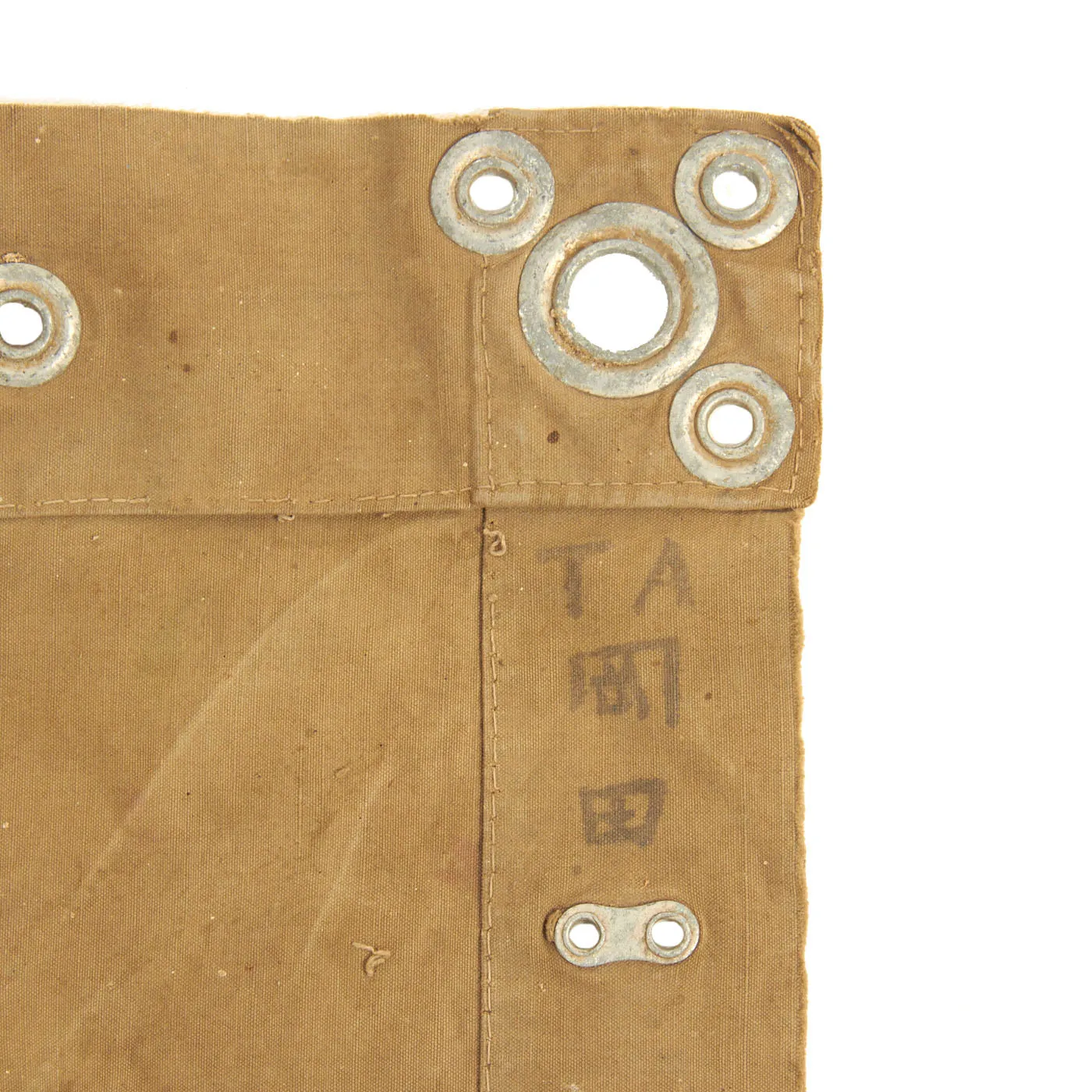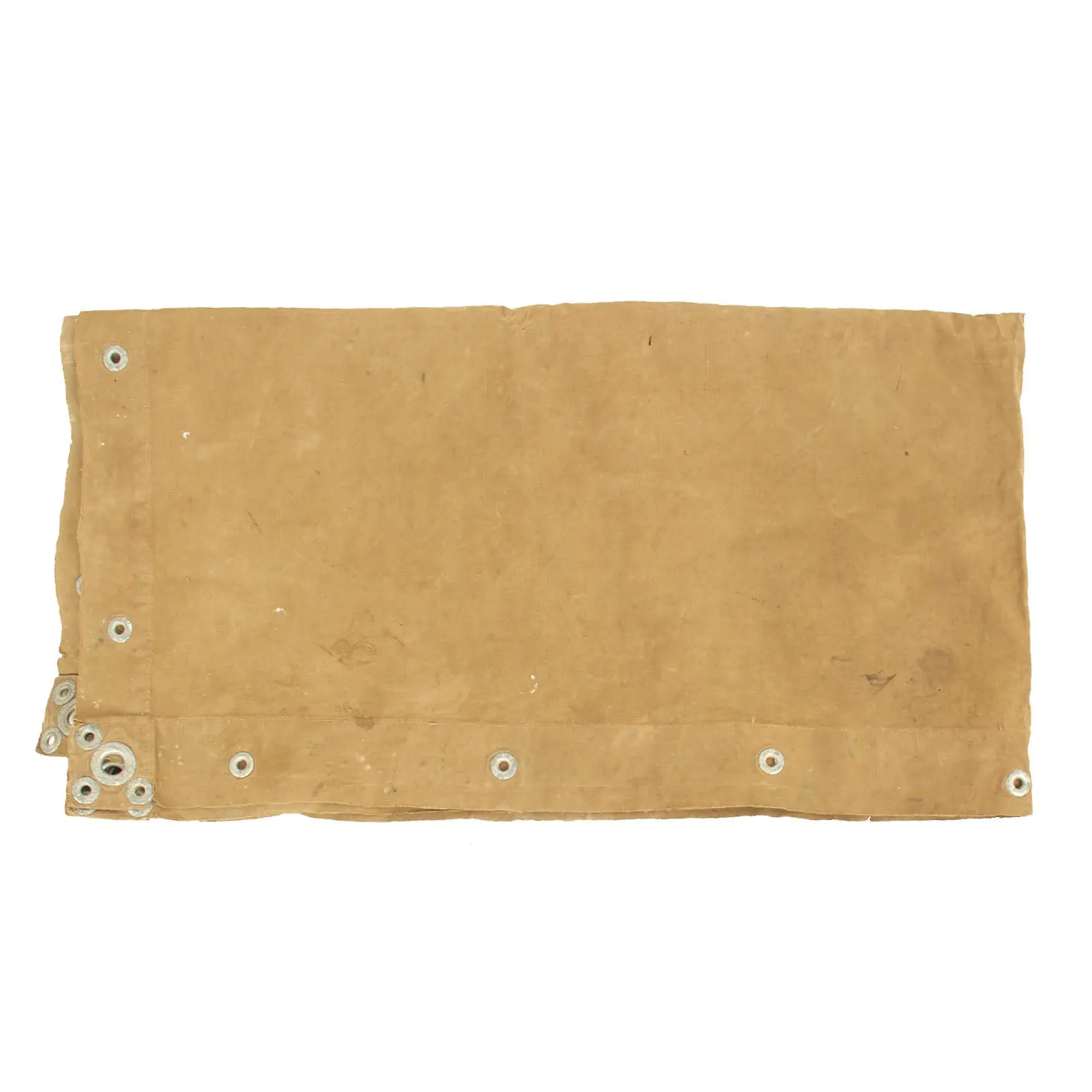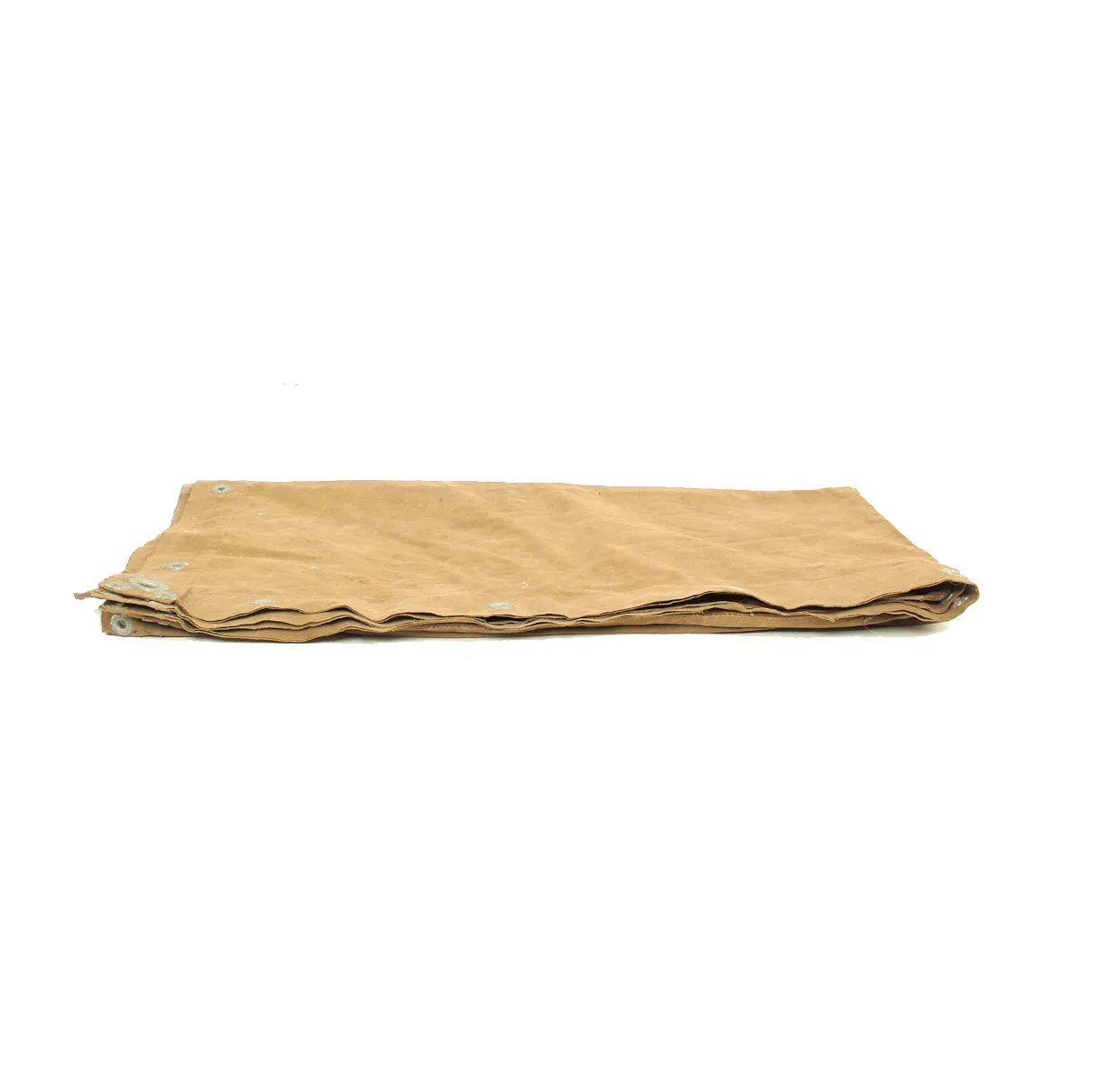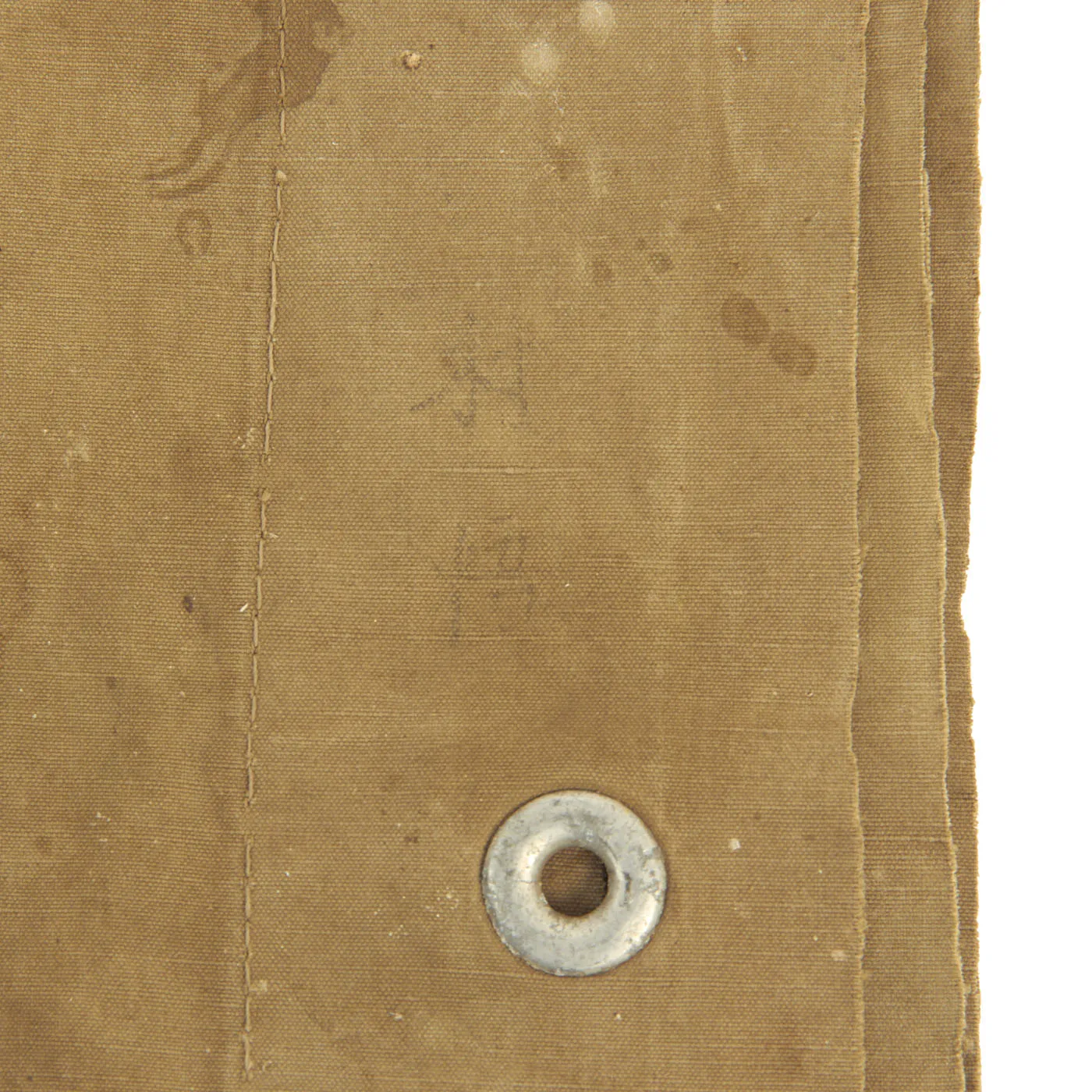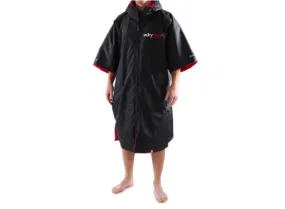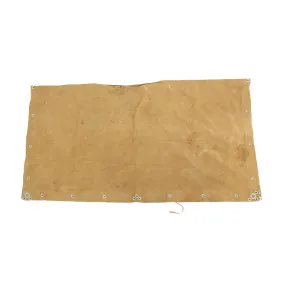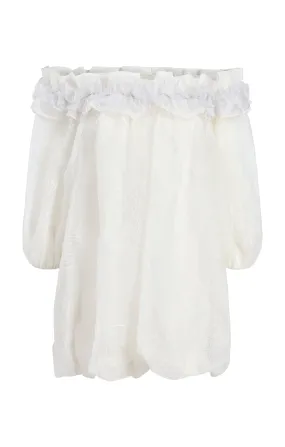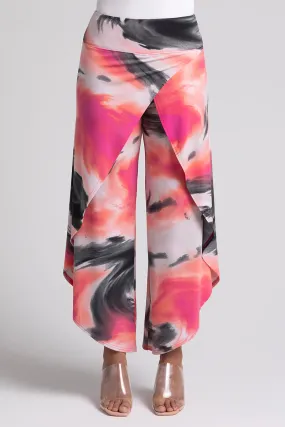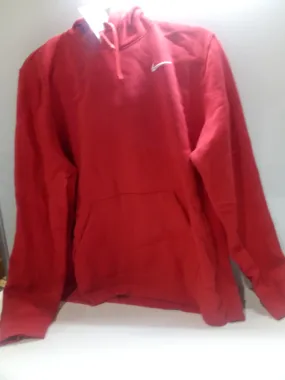Original Item: Only One Available. According to the 1944 Handbook on Japanese Military Forces (TM-E 30-480): “Cotton raincoats with hoods are issued to Japanese troops, but in most theaters they prefer to use the shelter half as rain protection.” and “As a raincape it provides excellent protection against wetness and is preferred by many Japanese soldiers to the issue raincoat. A cord is attached to the middle of one end so that the shelter half can be suspended from the shoulders and tied under the chin. Loops through the eyelets on one of the sides then may be slipped through the eyelets on the opposite side to close it securely in front. Two of the corners rest approximately elbow high, allowing the arms freedom of movement. The shelter half also is used as a ground sheet, or to roll up in for protection in a foxhole. It can be pitched as a tent, either alone or in combination with varying numbers of others.”
In Japanese the shelter half is called Keitai Tenmaku (携帯天幕), which means portable tent. Tenmaku consists of the words “Ten” meaning “Heavens” and “Maku” meaning “Curtain/Screen”. So in Japanese it was literally a “portable overhead tarp” without any fractional concept like half or quarter.
For over 40 years the IJA shelter half changed in various ways:
March 1903 Launch of the Model 1903
June 1904 Last change in design (cord, seam, pole sections and peg thickness)
Sept. 1912 Weave pattern of hemp and cotton mix reversed
April 1938 Cotton version set up as back up
Nov. 1941 Model B shelter half added as production variant depending on material availability
The last recorded change to shelter half specs was announced on 20th November 1941 as Army Ordinance 82, which added that leather reinforcements would also be accepted in lieu of the aluminum grommets. This happened to be the same ordinance that also introduced the tie cords for the canteen stoppers instead of the leather strap and buckle system. In the 1943 army spec book this 1941 version is referred to as Model Ro (Model B). In this case, the M1912 with aluminum grommets would have been Model I (Model A). Collectors seem to associate leather tabs on shelter halves to be a feature adopted only after 1944, but they were already allowed on an optional basis from late 1941.
The shelter half measures 56 1/2” x 59” and is in a lovely worn condition. It shows multiple period repairs, meaning that it was in service for years, and repaired as needed due to shortages. There is some fading present as well as stains and tears, but gives it a beautiful salty appearance! There are also still the remains of some original ropes and tie downs attached to the grommets. The edge of almost the entire shelter half is worn through as well. This was definitely an item that had a long service history!
One corner has a very faded marking, which looks to read T A 岡 田, or TA OKADA. We do not know if this is a WWII period marking, or one added post war, but it is very old in faded, and adds some fantastic research potential to this item.
Comes more than ready for display!





